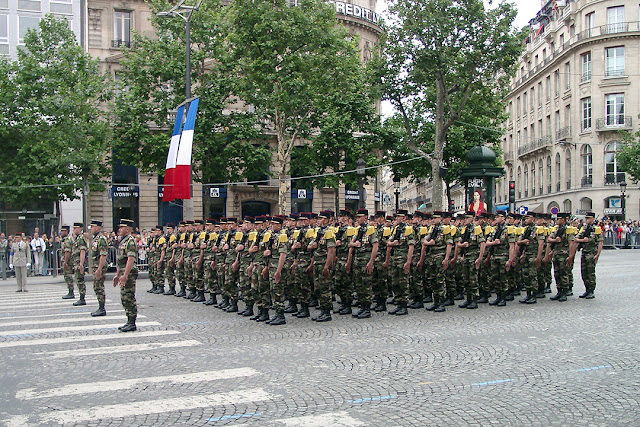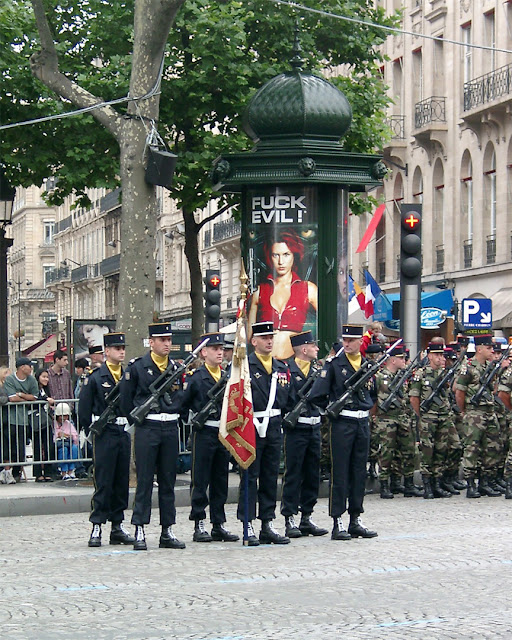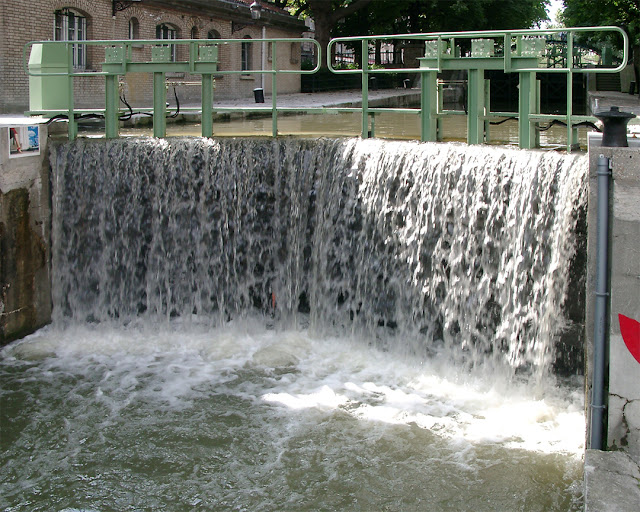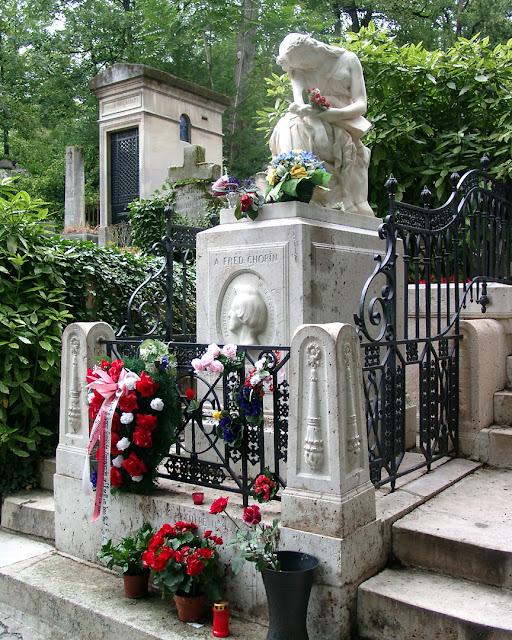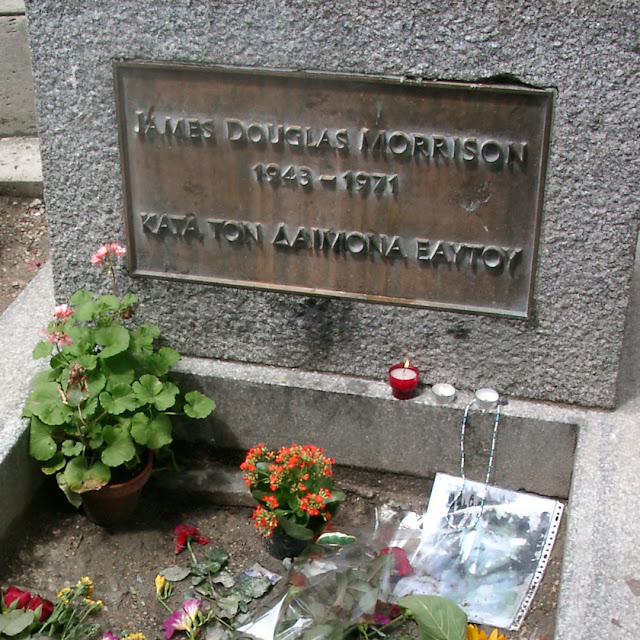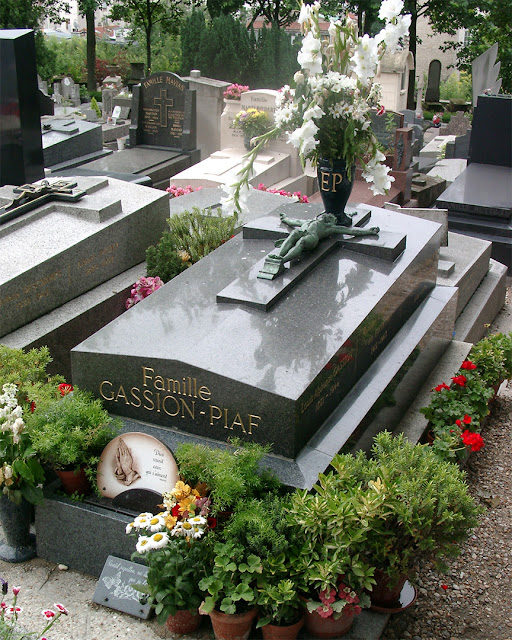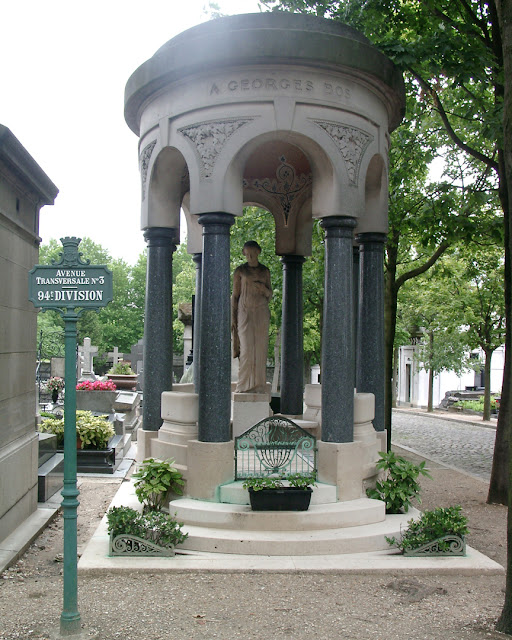Saturday, May 31, 2003
Friday, May 30, 2003
Thursday, May 29, 2003
Wednesday, May 28, 2003
Tuesday, May 27, 2003
Véhicule de l'Avant Blindé
Véhicule de l'Avant Blindé (Armoured Vanguard Vehicle)
Bastille Day military parade
Avenue des Champs-Élysées
Quartier des Champs-Élysées, 8th arrondissement
Paris, July 2002
“The Véhicule de l'Avant Blindé or VAB (literally meaning ‘Armoured Forward Vehicle’; but more appropriately translated: ‘Armoured Vanguard Vehicle’) is a French armoured personnel carrier and support vehicle designed and manufactured by Renault Trucks Defense (now called Arquus). It entered service in 1976 and around 5,000 were produced. It has seen combat in various conflicts in Africa, Asia as well as Europe and has also been exported to more than 15 countries. A polyvalent military vehicle, the VAB has more than thirty variants and sub-variants. Beyond their common primary role of transporting personnel and equipment in combat zones, some VAB are tailored for mechanized infantry combat, some fulfill the role of anti-tank missile launchers, some of self-propelled mortars, some are optimized for electronic warfare, others act as reconnaissance or artillery observation vehicles, etc.” (Véhicule de l'Avant Blindé, Wikipedia)
Monday, May 26, 2003
Bastille Day (4 of 4)
Bastille Day military parade
Avenue des Champs-Élysées
Quartier des Champs-Élysées, 8th arrondissement
Paris, July 2002
Sunday, May 25, 2003
Bastille Day (3 of 4)
Bastille Day military parade
Avenue des Champs-Élysées
Quartier des Champs-Élysées, 8th arrondissement
Paris, July 2002
Saturday, May 24, 2003
Bastille Day (2 of 4)
Bastille Day military parade
Avenue des Champs-Élysées
Quartier des Champs-Élysées, 8th arrondissement
Paris, July 2002
Friday, May 23, 2003
Bastille Day (1 of 4)
Bastille Day military parade
Avenue des Champs-Élysées
Quartier des Champs-Élysées, 8th arrondissement
Paris, July 2002
Thursday, May 22, 2003
French Army photographer
French Army photographer
Bastille Day military parade
Avenue des Champs-Élysées
Quartier des Champs-Élysées, 8th arrondissement
Paris, July 2002
Wednesday, May 21, 2003
Present arms
Present arms (or something like that)
Quartier des Champs-Élysées, 8th arrondissement
Paris, July 2002
Tuesday, May 20, 2003
Monday, May 19, 2003
Sunday, May 18, 2003
The gate of the lock
The gate of the lock
Écluses du Temple
Canal Saint-Martin
Quartier de la Porte-Saint-Martin, 10th arrondissement
Paris, July 2002
Saturday, May 17, 2003
La librairie de la création
La librairie de la création
Quai de Valmy
Quartier de la Porte-Saint-Martin, 10th arrondissement
Paris, July 2002
Friday, May 16, 2003
Écluses du Temple
Écluses du Temple
Canal Saint-Martin
Quartier de la Porte-Saint-Martin, 10th arrondissement
Paris, July 2002
Thursday, May 15, 2003
Passerelle des Douanes
Passerelle des Douanes
Canal Saint-Martin
Quartier de la Porte-Saint-Martin, 10th arrondissement
Paris, July 2002
Wednesday, May 14, 2003
Chopin Funerary Monument
Euterpe, muse of Music by Auguste Clésinger
Funerary monument at the grave of Frédéric Chopin
Cimetière du Père-Lachaise, (Père Lachaise Cemetery)
Quartier du Père-Lachaise, 20th arrondissement
Paris, July 2002
Tuesday, May 13, 2003
James Douglas Morrison
Grave of James Douglas Morrison (1943-1971)
“ΚΑΤΑ ΤΟΝ ΔΑΙΜΟΝΑ ΕΑΥΤΟΥ” (According to his own daemon)
Cimetière du Père-Lachaise, (Père Lachaise Cemetery)
Quartier du Père-Lachaise, 20th arrondissement
Paris, July 2002
“Morrison’s grave has continually morphed and changed over the years, with a granite headstone and brass plaque replacing the crude bust and base that stood for the first decade and a half after Morrison’s death. Much of the graffiti that was there in the 1980s has been removed and a guard is installed there now to handle the large volume of crowds that come to visit the site on a daily basis.” (Jim Morrison’s Paris Grave Site, Ultimate Classic Rock)
Monday, May 12, 2003
Famille Raspail
Grave of François-Vincent Raspail (1794-1878)
Cimetière du Père-Lachaise, (Père Lachaise Cemetery)
Quartier du Père-Lachaise, 20th arrondissement
Paris, July 2002
“François-Vincent Raspail, L.L.D., M.D. (25 January 1794 – 7 January 1878) was a French chemist, naturalist, physician, physiologist, attorney, and socialist politician. Raspail was born in Carpentras, Vaucluse. A member of the republican Carbonari society and Freemasonry, where he met François Arago, Victor Schoelcher and Auguste Blanqui,[1] Raspail was imprisoned during Louis Philippe's reign (1830–1848) and was a candidate for presidency of the Second Republic in December 1848. However, he was then involved in the attempted revolt of 15 May 1848 and in March 1849 was again imprisoned as a result. After Louis Napoleon's 2 December 1851 coup, his sentence was commuted to exile, from which he returned to France only in 1862. In 1869, during the liberal phase of the Second Empire (1851–1870), he was elected deputy from Lyons. He remained a popular republican during the French Third Republic after the short-term Paris Commune in 1871. Raspail died in Arcueil.” (François-Vincent Raspail, Wikipedia)
Sunday, May 11, 2003
Amedeo Modigliani
Tomb of Amedeo Modigliani and Jeanne Hébuterne
Cimetière du Père-Lachaise, (Père Lachaise Cemetery)
Quartier du Père-Lachaise, 20th arrondissement
Paris, July 2002
“In 1920, after not hearing from him for several days, his neighbor checked on the family and found Modigliani in bed delirious and holding onto Hébuterne who was nearly nine months pregnant. They summoned a doctor, but little could be done: Modigliani was dying of the then-incurable disease tubercular meningitis. Modigliani died on January 24, 1920. There was an enormous funeral, attended by many from the artistic communities in Montmartre and Montparnasse. Hébuterne was taken to her parents' home, where, inconsolable, threw herself out of a fifth-floor window two days after his death, killing herself and her unborn child. Modigliani was interred at the Père Lachaise Cemetery. Hébuterne was buried at the Cimetière de Bagneux near Paris, and it was not until 1930 that her embittered family allowed her body to be moved to rest beside Modigliani. A single tombstone honors them both. His epitaph reads: ‘Struck down by Death at the moment of glory’. Hers reads: ‘Devoted companion to the extreme sacrifice’.” (Amedeo Modigliani, Wikipedia)
Saturday, May 10, 2003
36e Division
36e Division
Cimetière du Père-Lachaise (Père Lachaise Cemetery)
Quartier du Père-Lachaise, 20th arrondissement
Paris, July 2002
Friday, May 9, 2003
Famille Gassion-Piaf
Tomb of Édith Piaf
Cimetière du Père-Lachaise, (Père Lachaise Cemetery)
Quartier du Père-Lachaise, 20th arrondissement
Paris, July 2002
“Years of alcohol abuse alongside copious amounts of medications, initially for arthritic pains and later insomnia, took their toll on Piaf's health. A series of car accidents only exacerbated her addictions and she eventually underwent a series of surgeries for a stomach ulcer in 1959. Coupled with a deteriorating liver and the need for a blood transfusion, by 1962 she had lost a significant amount of weight, reaching a low of 30 kg (66 pounds). Drifting in and out of consciousness for several months, she died of a ruptured aneurysm due to liver failure at age 47 at her villa in Plascassier (Grasse), on the French Riviera, on 10 October 1963. Her last words were ‘Every damn thing you do in this life, you have to pay for.’ It is said that Sarapo drove her body back to Paris secretly so that fans would think she had died in her hometown. She is buried in Père Lachaise Cemetery in Paris next to her daughter Marcelle, where her grave is among the most visited. Buried in the same grave are her father, Louis-Alphonse Gassion, and Théo (Lamboukas) Sarapo. The name inscribed at the foot of the tombstone is Famille Gassion-Piaf. Her name is engraved on the side as Madame Lamboukas dite Édith Piaf.” (Édith Piaf, Wikipedia)
Thursday, May 8, 2003
Georges Bos
Grave of Georges Bos (1868-1923)
Avenue Transversale N°3, 94e Division
Cimetière du Père-Lachaise (Père Lachaise Cemetery)
Quartier du Père-Lachaise, 20th arrondissement
Paris, July 2002
Wednesday, May 7, 2003
Henry Papeil
Henry-Xavier Papeil (1819-1898) by Charles Théodore Perron
89e Division
Cimetière du Père-Lachaise (Père Lachaise Cemetery)
Quartier du Père-Lachaise, 20th arrondissement
Paris, July 2002
Tuesday, May 6, 2003
Victor Noir
Tomb of Victor Noir, designed by Jules Dalou
Cimetière du Père-Lachaise, (Père Lachaise Cemetery)
Quartier du Père-Lachaise, 20th arrondissement
Paris, July 2002
“A life-sized bronze statue was sculpted by Jules Dalou to mark his grave, portrayed in a realistic style as though he had just fallen on the street, dropping his hat which is depicted beside him. The sculpture has a very noticeable protuberance in Noir's trousers. This has made it one of the most popular memorials for women to visit in the famous cemetery. Myth says that placing a flower in the upturned top hat after kissing the statue on the lips and rubbing its genital area will enhance fertility, bring a blissful sex life, or, in some versions, a husband within the year. As a result of the legend, those particular components of the otherwise verdigris (grey-green oxidized bronze) statue are rather well-worn and shiny. In 2004 a fence was erected around the statue of Noir, to deter superstitious people from touching the statue. However, due to supposed protests from the ‘female population of Paris’, in fact led by French TV anchor Péri Cochin, it was torn down again.” (Victor Noir, Wikipedia)
Monday, May 5, 2003
Hippolyte Léon Denizard Rivail
Allan Kardec, Hippolyte Léon Denizard Rivail (1804-1869)
Cimetière du Père-Lachaise (Père Lachaise Cemetery)
Quartier du Père-Lachaise, 20th arrondissement
Paris, July 2002
“Allan Kardec is the pen name of the French educator, translator, and author Hippolyte Léon Denizard Rivail (3 October 1804 – 31 March 1869). He is the author of the five books known as the Spiritist Codification, and the founder of Spiritism.” (Allan Kardec, Wikipedia)
Sunday, May 4, 2003
Imre Nagy
Cenotaph of Imre Nagy
Cimetière du Père-Lachaise (Père Lachaise Cemetery)
Quartier du Père-Lachaise, 20th arrondissement
Paris, July 2002
“During the time when the Stalinist leadership of Hungary would not permit his death to be commemorated, or permit access to his burial place, a cenotaph in his honour was erected in Père Lachaise Cemetery in Paris on 16 June 1988. In 1989, Imre Nagy was rehabilitated and his remains reburied on the 31st anniversary of his execution in the same plot after a funeral organised in part by the democratic opposition to the country's Stalinist regime. Over 200,000 people are estimated to have attended Nagy's reinterment. The occasion of Nagy's funeral was an important factor in the end of the communist government in Hungary.” (Imre Nagy, Wikipedia)
Saturday, May 3, 2003
55e Division
Famille Desnoyers, 55e Division
Cimetière du Père-Lachaise (Père Lachaise Cemetery)
Quartier du Père-Lachaise, 20th arrondissement
Paris, July 2002
Friday, May 2, 2003
Fontaine mosaïque
Fontaine mosaïque (Mosaic fountain)
Forum des Halles
Rue Lescot
Quartier des Halles, 1st arrondissement
Paris, July 2002
Thursday, May 1, 2003
Place des Vosges
Square Louis-XIII
Place des Vosges, Marais
Quartier de l'Arsenal, 4th arrondissement
Paris, July 2002
Subscribe to:
Posts (Atom)






